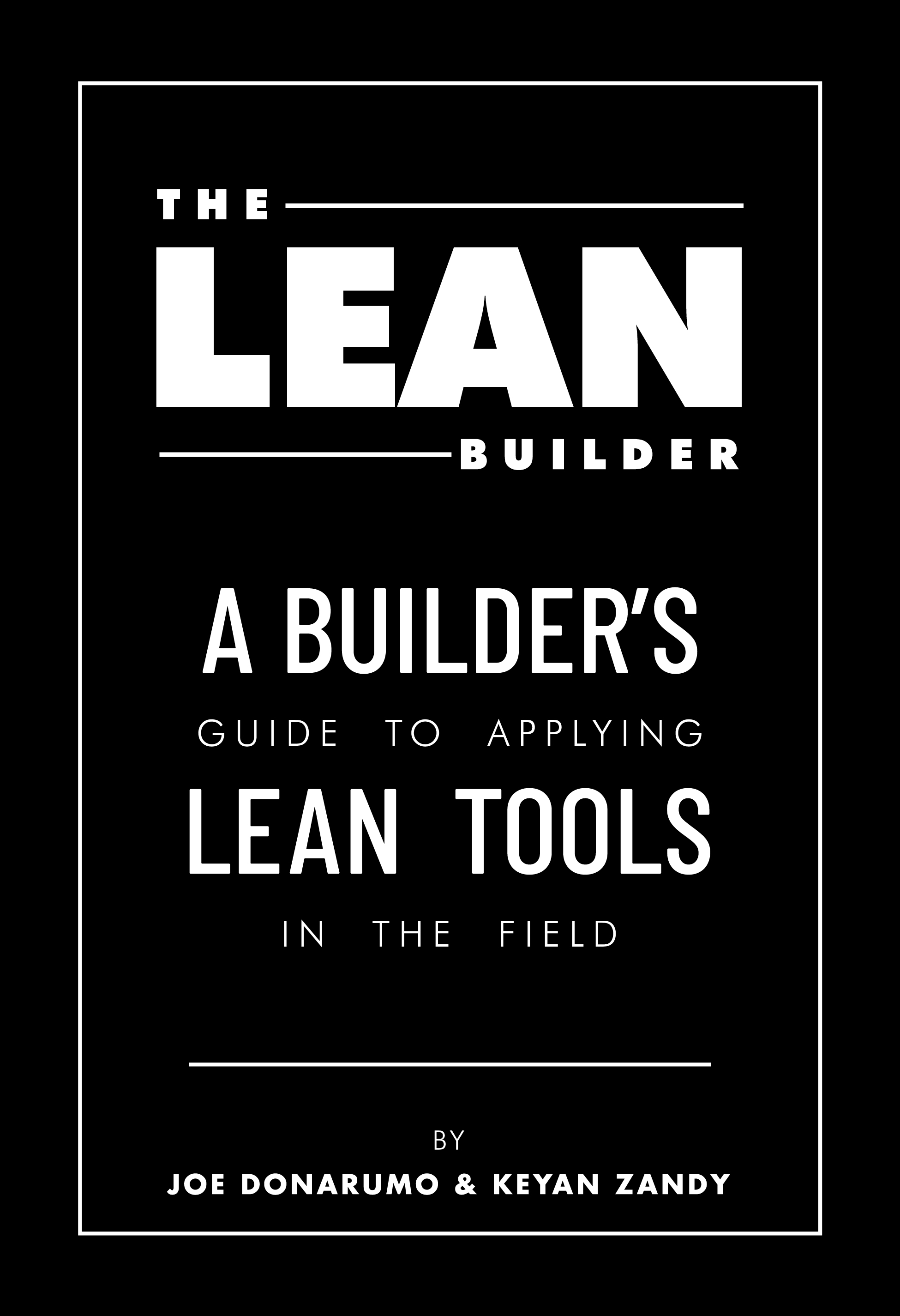As evidence of the claim, I would offer the annual Mineral Commodity Summaries report produced by the National Minerals Information Center of the U.S. Geological Survey, a bureau of the Department of the Interior. The MCS report provides information on “events, trends and issues” for approximately 90 individual non-fuel commodity minerals. The report is produced under an ongoing congressional mandate. The information in the report is used, in part, to establish tariffs and regulations for commodity minerals. The supplemental maps in the report alone are worth reviewing for they provide an interesting means of identifying where the minerals we mine and quarry in the U.S. are extracted.
The 2011 edition of the report was just released by USGS (it’s available in both print and electronic format) and it is chock full of tidbits of information about every conceivable commodity mineral imported into, mined or used in the U.S. Who knew that 38 percent of the salt consumed in the U.S. during 2010 was used as a road deicing material or that the world’s largest reserves of peat are held in Finland, also the world’s largest exporter of peat in that year?
Gypsum Data
One of the minerals addressed in the MCS reports is gypsum. USGS publishes data on gypsum use dating back to the 1930s and, based on references contained on the USGS website, likely has been collecting specific data since the beginning of the 20th Century. The Gypsum Association supplies USGS with most of the current gypsum data under an information-forwarding agreement that has existed since the 1980s. Because roughly 90 percent of the gypsum extracted in the U.S. is used to manufacture wallboard or gypsum plaster, the information that comes from the Association provides a very good snapshot of the total use pattern for the commodity mineral. The bureau surveys the ore producers who are not affiliated with the association to complete its information search process.Approximately one year after the release of the specific commodity MCS report, USGS produces a final annual report for the specific mineral. The annual reports for each mineral contain significantly more detail than the MCS reports. The MCS reports tend to focus on the import and export characteristics of a specific mineral. Each creates a global snapshot of a mineral. The annual reports use the foundation established in a MCS report and supplement it with additional information about domestic extraction and manufacturing use. In addition, USGS produces monthly or quarterly reports for some commodity minerals, gypsum being an example.
When taken in tandem and compared to historic information, the 2010 data in the just issued gypsum MCS and the 2009 annual report for gypsum (contained in the USGS Mineral Yearbook) paint an intriguing picture of a mineral in global transition. Consider the following:
In 1999, approximately 18 percent of all the gypsum mined world-wide was extracted from facilities in the U.S. No other country accounted for more than 9 percent of global production. In 2010, the U.S. mined about 6 percent of the world’s gypsum and three countries-China, Iran, and Spain-mined more than the U.S. China now produces approximately one-third of the mined gypsum that is extracted world-wide.
Synthetic gypsum now accounts for approximately 40 percent of the total gypsum used in the U.S. for all purposes. While total gypsum use in the U.S. has declined since 2006 and the total tonnage quantity of synthetic gypsum used has decreased, the percentage of total gypsum used that is synthetic gypsum has increased by approximately 75 percent during the same time. Compared to 2000, synthetic gypsum use has increased approximately 250 percent.
Taken as a whole, global production of mined gypsum has increased about 30 percent since 2000. However, if production in China is removed from the analysis, global mined gypsum production was about the same in 2010 as in 2000.
Based on the best estimate that USGS can provide, total world production of gypsum increased almost 40 percent between 2000 and 2009.
Global Gypsum Forecast
Total world use of gypsum likely is increasing as wallboard and its derivative products gain greater acceptance globally. Manufacturing plants are being constructed in locations where wallboard use was virtually inconceivable twenty years ago. It also is growing because global cement production has increased in the past decade-production has doubled according to USGS-and gypsum is an additive in cement. It is likely that much of the gypsum mined in China is being used in cement production as Chinese cement production has tripled since 2000.Imports of gypsum into the U.S. as a percentage of total gypsum used are also declining. In 2000, imported gypsum accounted for more than 25 percent of all the gypsum consumed in the U.S. By the end of the decade, only about 17 percent of the gypsum used in the U.S. was imported; virtually all of it from Canada, Mexico, and Spain. Most of the decrease can likely be attributed to the increased use of synthetic gypsum in U.S. wallboard and other manufacturing processes. While approximately 40 percent of the total gypsum used for all purposes in the U.S. is synthetic, the percentage of synthetic gypsum used to manufacture wallboard currently runs at about 50 percent of total ore used. The same trend would also explain part of the decrease in domestic mining production.
Admittedly, it’s a dense lot of numbers, and one can get a bit giddy trying to make sense of it all, but it does point out how a simple mineral is being used globally in ways that reflect the changing demands of the construction industry and consumers. USGS sums it up quite well: “As more cultures recognize the economy and efficiency of wallboard use, worldwide production of gypsum is expected to increase.”





